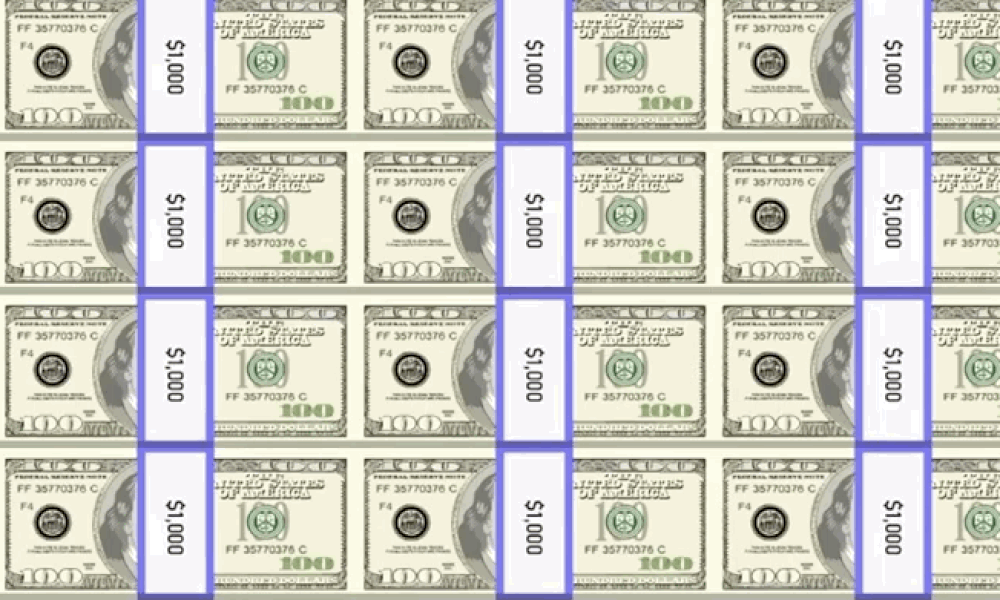Neal Agarwal is a Computer Science geek and data visualization specialist that has never known a statistic he couldn’t make interesting. His latest project is called “Printing Money,” and it’s a scrolling visualization of the amount of time it takes to generate dolla, dolla bills based on specific wage amounts. He tackles minimum wage, teachers, software engineers, physicians, and the salaries of Fortune 500 CEOs before making you feel truly poor by adding in the revenue streams (in $1,000 of dollars instead of singles) of popular companies. For instance, NASA spending is pegged at around $2.5 mil/hr which is an absolutely insane amount of money period–let alone when you consider the fact that that’s per hour. But the rate that it scrolls slowly across your screen is nothing compared to the almost imperceptible clip at which Facebook Revenue ($8 mil/hr), Amazon Revenue ($32 mil/hr), Walmart Revenue ($59 mil/hr), U.S. Military Spending ($83 mil/hr) and the U.S. Deficit Increase ($125 mil/hr) blaze across the screen. “Printing Money” is equal parts terrifying, harrowing and eye-opening, and we love every second of it.
More Home

My Girlfriend Loves Design, So I Got Her an Arc Alarm Clock from NanuElectrics
Useful can be beautiful. The best gifts are.

The Coolest Home Gifts for 2025
For the home, for the win.

Review: My Three Months With the Tiami Mattress
Upgrading to Tiami turned sleep into something I look forward to every night. Don’t miss their Labor Day Weekend Sale.

